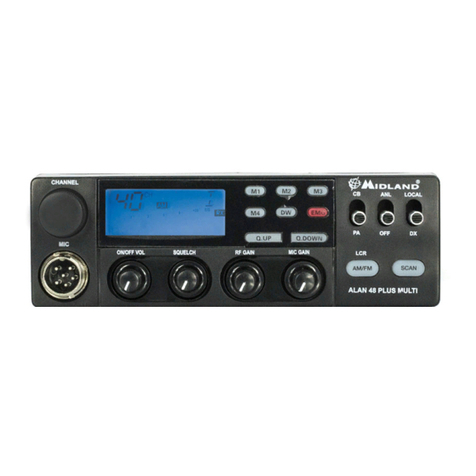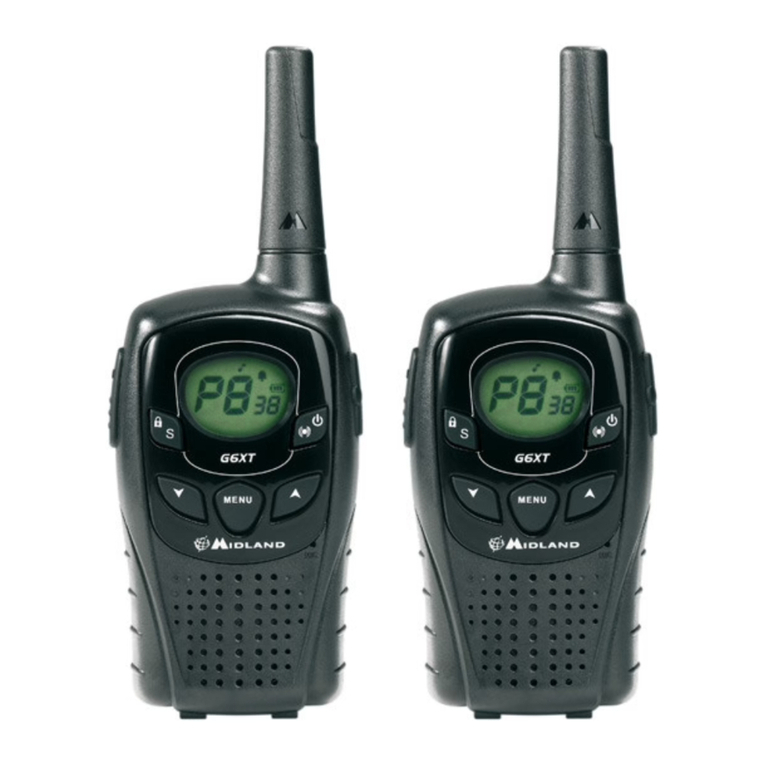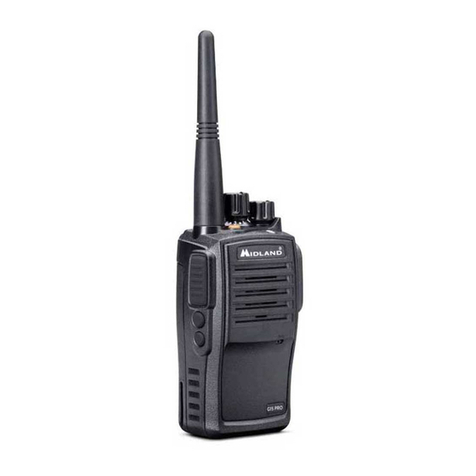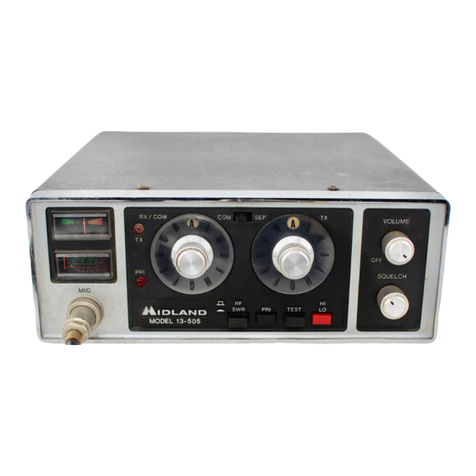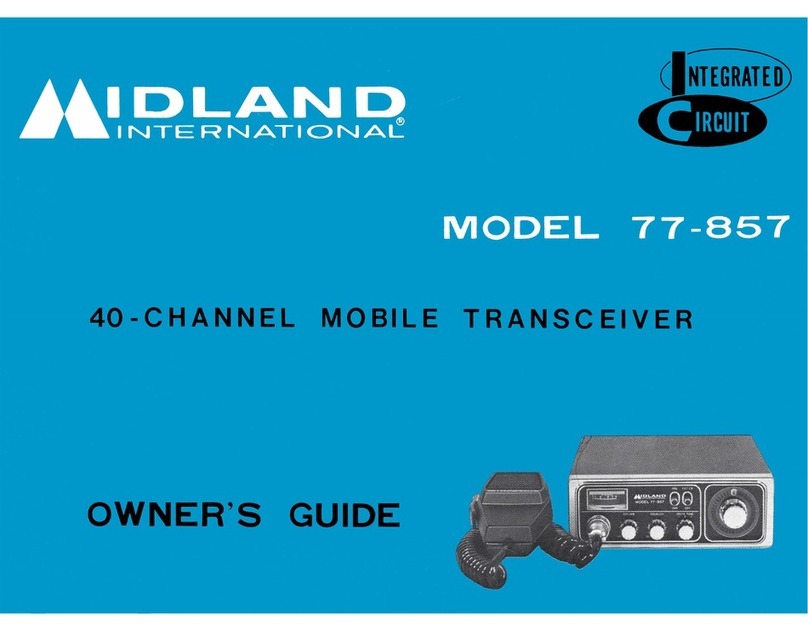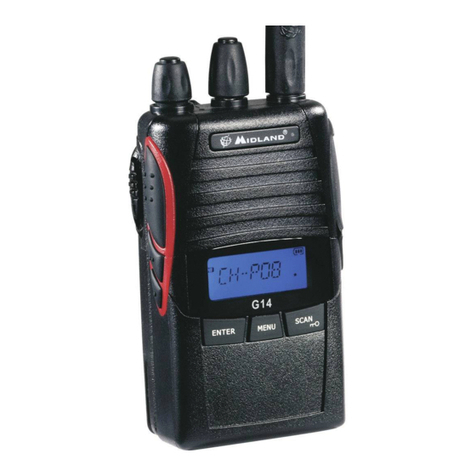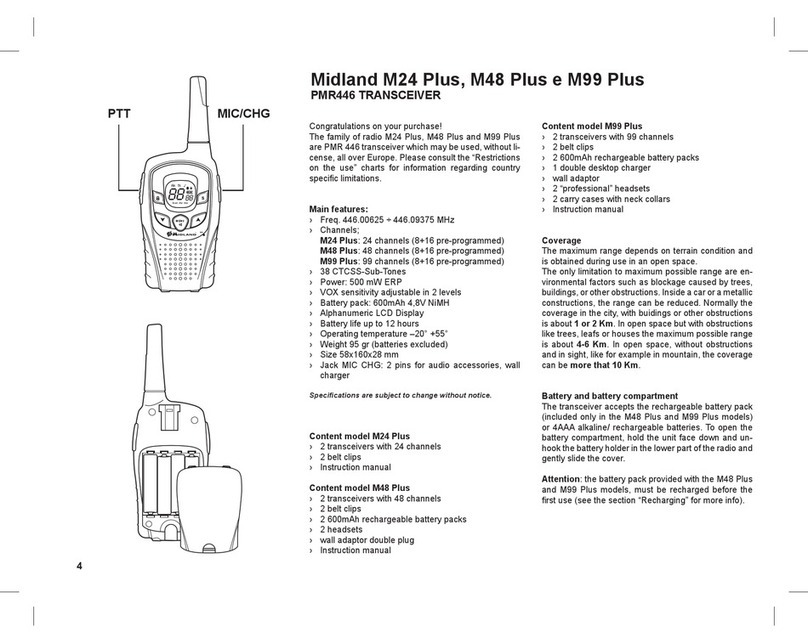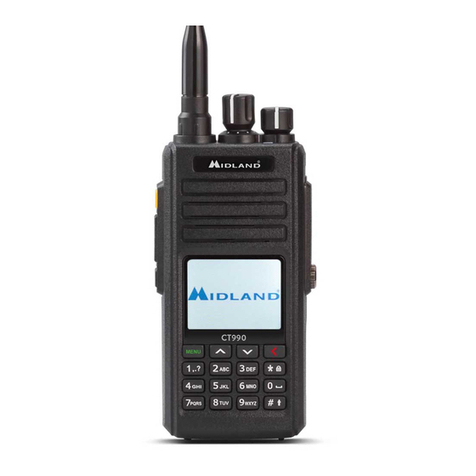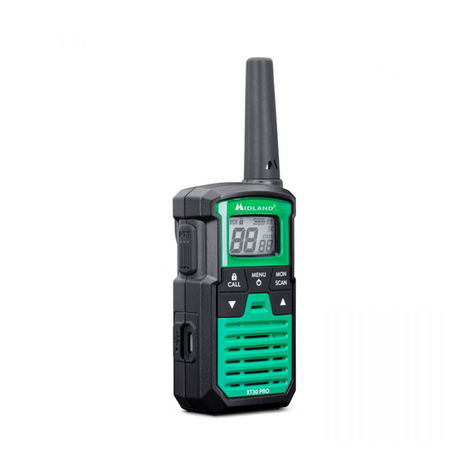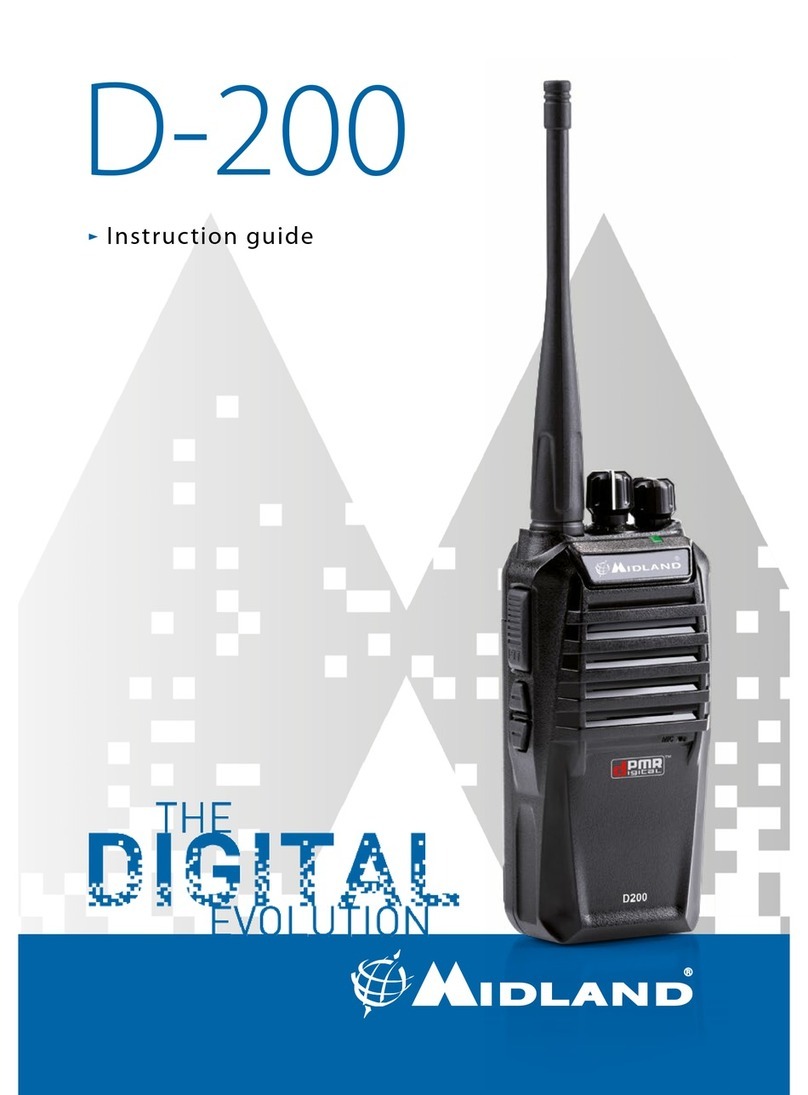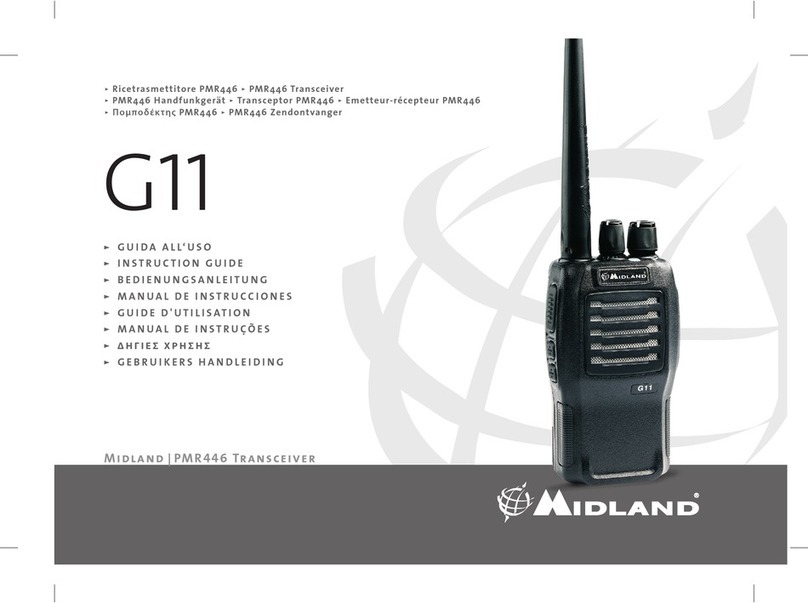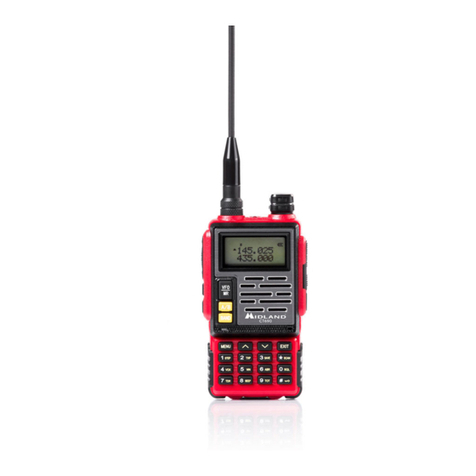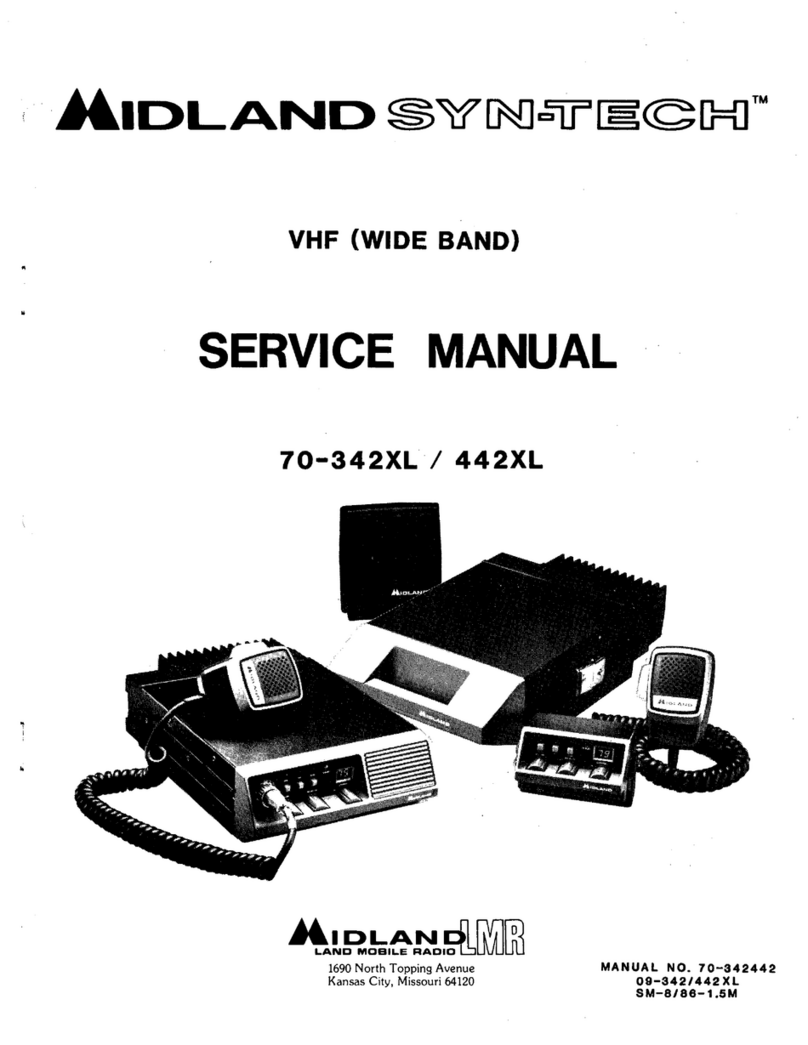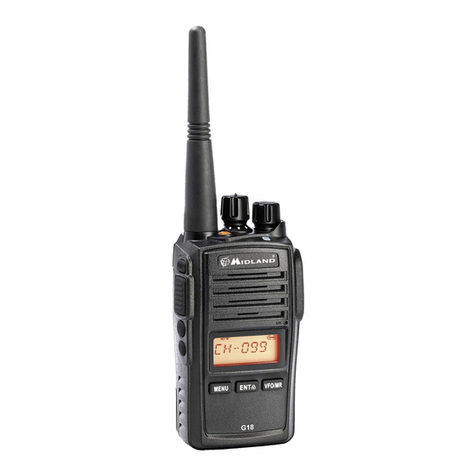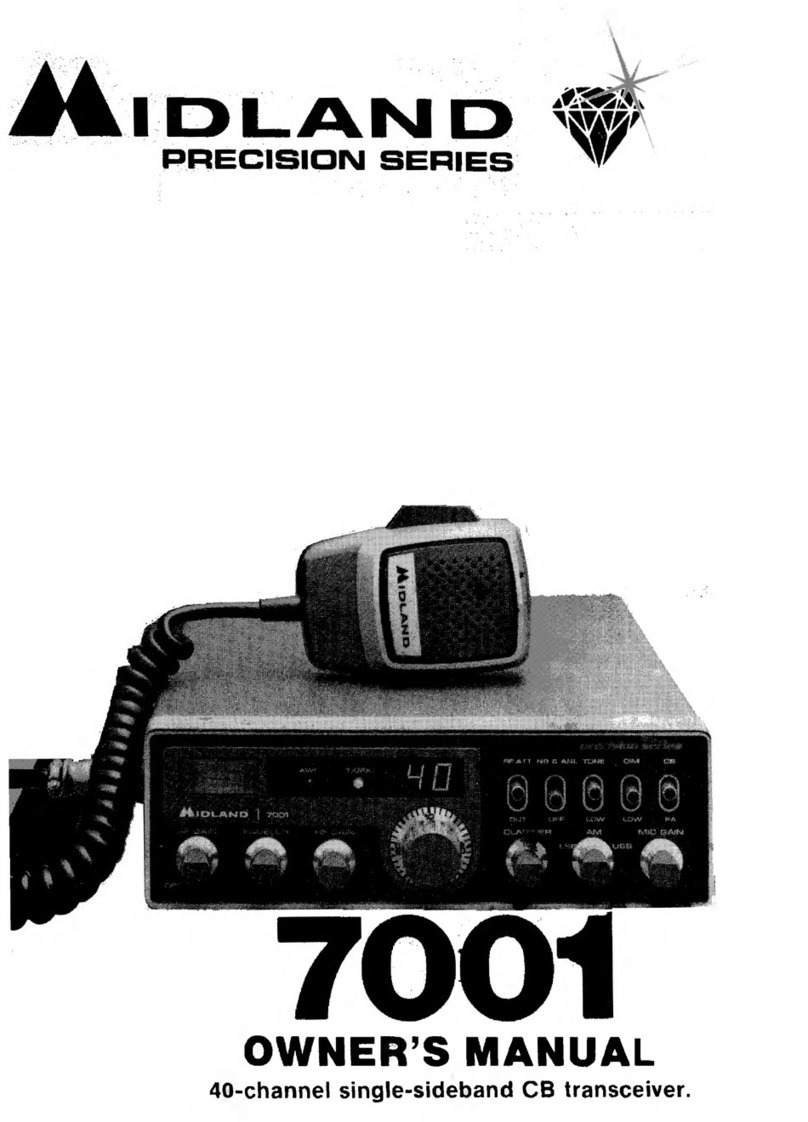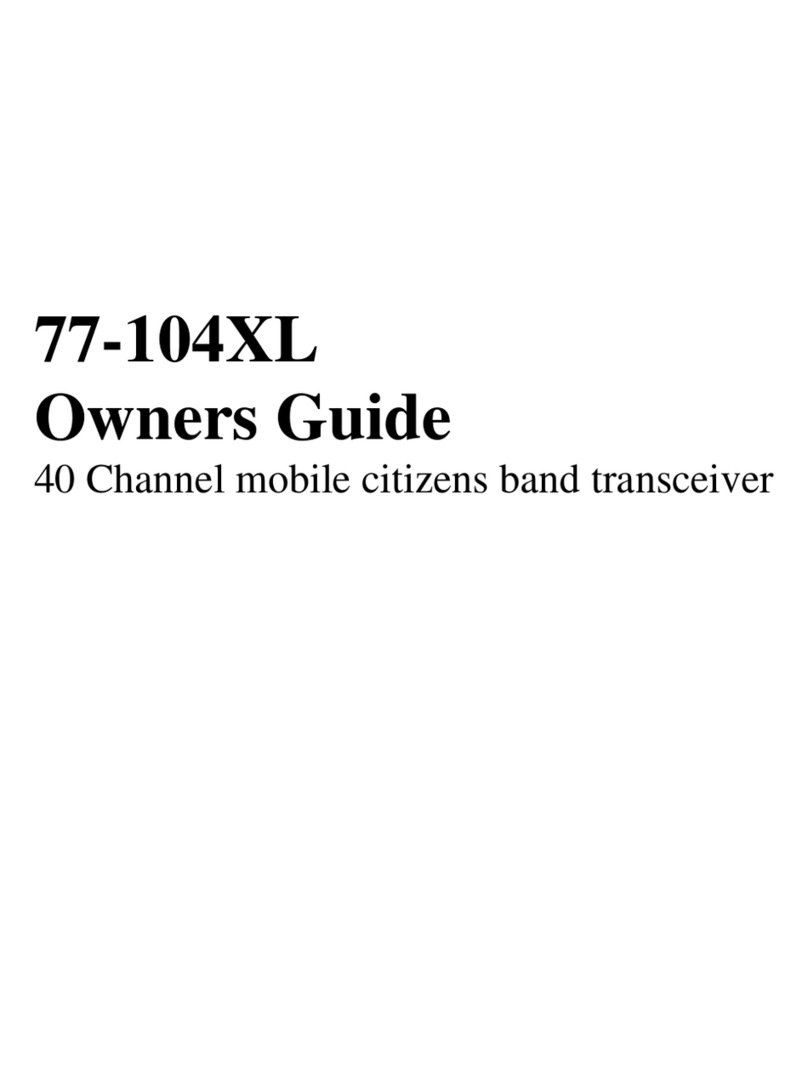ATLANTIC - VHF Marine Transceiver
TABLE OF CONTENTS
1. INTRODUCTION .................................................................................................................... 3
2. ABOVE ALL… SAFETY!......................................................................................................... 4
2.1 Symbols used............................................................................................................................................ 4
2.2 Warnings ................................................................................................................................................... 4
2.3 Service....................................................................................................................................................... 4
3. IDENTIFYING THE PARTS.................................................................................................... 5
3.1 Display....................................................................................................................................................... 5
3.2 Radio:........................................................................................................................................................ 6
4. PREPARING THE TRANSCEIVER........................................................................................ 7
4.1 Installing and removing the belt clip.......................................................................................................... 7
4.2 Installing and removing batteries .............................................................................................................. 7
4.3 Recharging batteries................................................................................................................................. 8
4.4 Memory effect of rechargeable batteries................................................................................................... 9
5. BASIC OPERATIONS............................................................................................................. 9
5.1 Turning on/off ............................................................................................................................................ 9
5.2 Selection of the operational channel......................................................................................................... 9
5.3 Volume control ........................................................................................................................................ 10
5.4 Transmission and reception.................................................................................................................... 10
5.5 Button MON (Monitor)............................................................................................................................. 10
5.6 Choosing high or low transmission power............................................................................................... 10
5.7 LCD backlight.......................................................................................................................................... 10
5.8 Instant selection of Channel 16............................................................................................................... 10
5.9 Power saving feature............................................................................................................................... 11
6. ADVANCED FUNCTIONS.................................................................................................... 12
6.1 Scanning all channels ............................................................................................................................. 12
6.2 VOX Function.......................................................................................................................................... 12
6.3 Keypad lock............................................................................................................................................. 12
6.4 Roger Beep (End-of-message tone):...................................................................................................... 13
6.5 CALL Function......................................................................................................................................... 13
6.6 Active band.............................................................................................................................................. 13
8. TROUBLESHOOTING.......................................................................................................... 15
8.1 Reset....................................................................................................................................................... 15
8.2 Solution table........................................................................................................................................... 15
9. TECHNICAL SPECIFICATIONS........................................................................................... 16
9.1 Transmitter .............................................................................................................................................. 16
9.2 Receiver .................................................................................................................................................. 16
2
